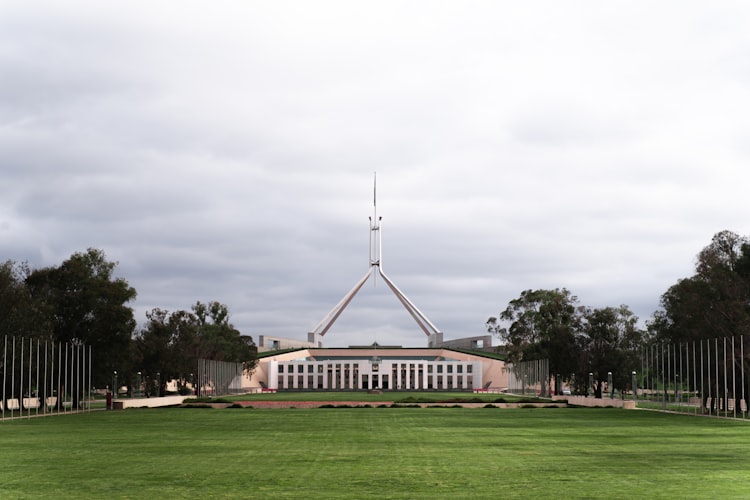Bird bath
A Welcome Swallow on a power line in inner Sydney.
Become an urban naturalist
Do you live in an urban area? Have you ever noticed a huntsman spider killing a cockroach? What about a food fight between native birds? Or two lizards mating? Stepped on wombat poo?
This World Environment Day researchers are inviting you to slow down, sip your morning coffee and stare at the world around you. You may spot something amazing.
If you do, take a photo or make a sketch and head over to , where ordinary citizens are sharing stories of the wild things they see in their back yards, on their balcony, or on the footpath waiting for the bus. The project is a collaboration between University of Sydney, Taronga Zoo and University of Technology Sydney.
Sex in the city: two blue-tongue lizards caught mating. . Main image of a yellow ladybird by Anne Brophy.
“Some of the best scientific observations have come from the work of amateur scientists or casual observations from the public,” said , a philosopher at University of Sydney, who has a passion for observing snails and crows.
“For this project, we aren’t really looking for data, we are asking people to get immersed in a sense of wonder,” said Associate Professor van Dooren.
Gotcha: A spider wasp attacking a huntsman spider.
Making observations
, who is an expert in insects, spiders and birds, said the fundamental starting point of science is to make observations. He personally enjoys watching ants.
“Did you know all worker ants you see cleaning things up are female?” he said. “I like the brutality of nature, too. Nature is relentless, things get eaten all the time. I’m also a sucker for moths and caterpillars, I love learning about the things they do to avoid being eaten.”
The Urban Field Naturalist Project is like a Choose Your Own Adventure, Professor Hochuli said. “In Mexico, people started noticing birds were collecting cigarette butts and putting them in their nests. Why would they do that? Turns out the nicotine in the butts were acting as a natural parasite killer. We know so little about so much that lives in and around our cities.”
“Go out there and stare at stuff!” said Professor Hochuli. “Ask why is that creature doing that? How do we know that? What will they do next? We might learn something new and we might all gain a deeper appreciation of our environment.
Food fight! A cockatoo and a lorikeet fighting over bird seed.
Five simple steps to get involved:
- Slow down: There is a world of activity going on all around us. Slow down and notice the small things beneath your feet, really pay attention to any sounds, take time to watch a slow-motion process unfold.
- Observe: Use all your senses. Watch for tiny movements in leaves. Listen to a bird call. Smell the scents on the wind. Touch and taste the world around you (don’t go tasting mysterious plants.)
- Record and collect: Write down what you see, do a sketch. Take a photo, video or audio recording. Make a note of where and when you noticed it.
- Ask questions: Cultivate curiosity about why things are the way they are. Move beyond the facts. Why are some animals out at a certain time of day? Why do some plants thrive in cities? Ask yourself, what is that and why is it doing that?
- Share: Lots of people are interested in nature so make sure you share your stories and photos. Your observation might be invaluable to someone else.
Wildlife captured by urban naturalists









